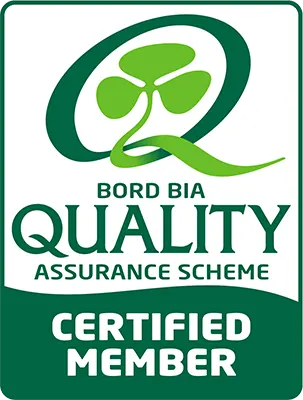The incorporation of white clover into grass swards has the potential to significantly reduce the reliance on inorganic N fertiliser and increase the financial and environmental sustainability of Irish farms.
One of the significant benefits of clover is its ability to fix N in the soil in a form that becomes available to grass in the sward. As a forage, white clover is highly digestible, with crude protein content averaging over 20%.
The use of white clover in grass mixtures can offset up to 150kg N/ha per year in inorganic N fertiliser. This is equivalent to 7 bags of 18.6.12/acre.
For maximum benefit, a sward should be managed to 20-30% white clover content.
- +800kg DM/ha
- Opportunity to reduce N fertiliser
- Dry matter intake +1.5kg/cow per day
- Milk solids +30kg MS/cow per year
Specialist Nutrition Grass Mixtures contain white clover as standard.
Our White Clover Blends are suitable for oversowing to boost clover content in the sward. Sow white clover at 2- 2.5kg/acre.





